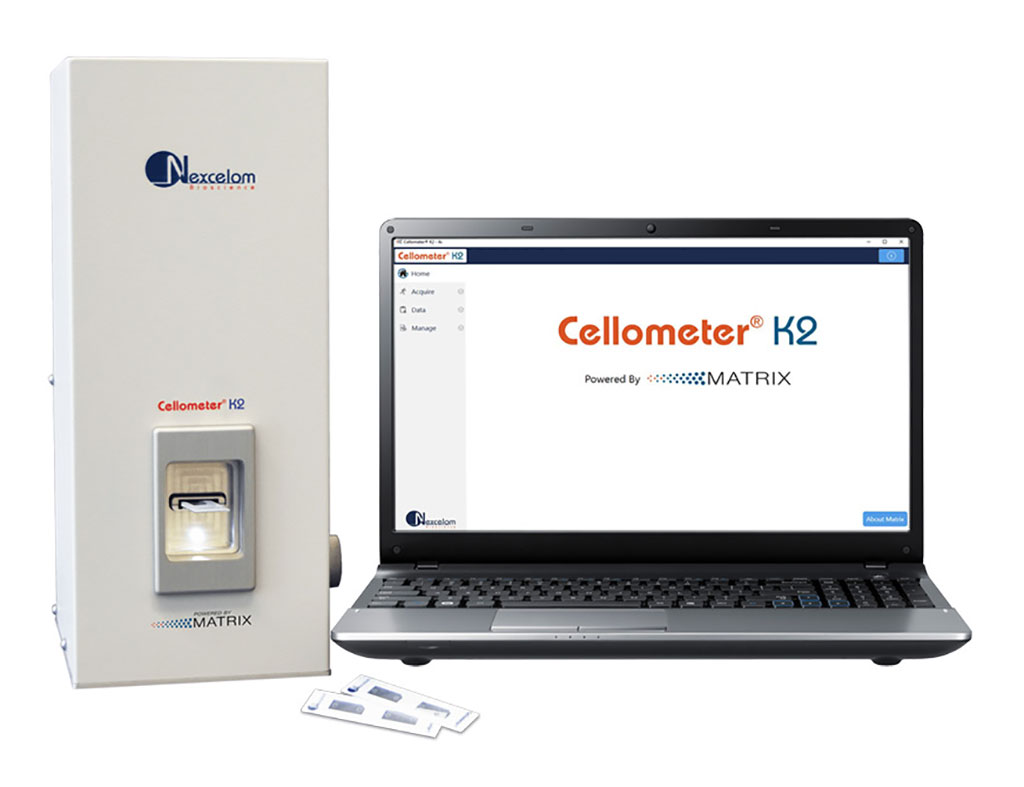Single Cell Characterization Acral Melanoma Identifies Novel Targets for Immunotherapy
Posted on 16 Mar 2022
Acral melanoma is a rare subtype that represents roughly 3% of all melanoma cases. Unlike typical melanoma that occurs on sun-exposed skin, acral melanoma develops on the non-hair bearing skin of the soles, palm and nail beds. There is very little information known about the development of acral melanoma.
Acral melanoma is most common among people of Asian, Hispanic and African American heritage. Those who develop the disease are often diagnosed at a late, more advanced stage and therefore have poorer outcomes. Additionally, some of the common genetic alterations observed in melanoma are not seen in acral melanoma. Despite these differences, acral melanoma is treated with the same therapies used for melanoma and is often unsuccessful.

A team of Medical Scientists at the Moffitt Cancer Center (Tampa, FL, USA) performed single cell RNA sequencing (scRNA-seq) on nine clinical specimens (five primary, four metastases) of acral melanoma. They also compared these samples to patient samples from those with melanoma. A single-cell suspension from each tissue was quantified and analyzed for viability using the Nexcelom Cellometer K2 (Nexcelom Bioscience, Lawrence, MA, USA) and then loaded onto the 10X Genomics Chromium Single Cell Controller for single-cell RNA-sequencing library preparation (10X Genomics, Pleasanton, CA, USA). Detailed cell type curation was performed, the immune landscapes were mapped, and key results were validated by analysis of TCGA and single cell datasets. Cell-cell interactions were inferred and compared to those in non-acral cutaneous melanoma.
The team reported that there were differences between the gene expression patterns of primary tumors and those from metastatic sites, including alterations in immune signaling and metabolic pathways. Acral melanoma was associated with a suppressive immune environment when compared to melanoma. Acral melanoma had fewer infiltrating immune cells than melanoma, with significant differences observed for CD8 T cells, natural killer cells and γδ T cells. Acral melanoma had higher levels of the proteins VISTA and ADORA2, which are involved in suppressing immune responses. These combined immune characteristics of acral melanoma would lead to fewer active immune cells targeting cancer cells and could be one reason why patients have poorer responses to therapy.
Keiran Smalley, PhD, a professor and senior author of the study, said, “We have undertaken the first comprehensive analysis of the immune/tumor transcriptional landscape of acral melanoma. Our study identified unique features of the immune environment of acral melanoma, including immune checkpoints of translational interest that could represent novel therapeutic targets for this neglected disease.”
The authors concluded that acral melanoma has a suppressed immune environment compared to that of cutaneous melanoma from non-acral skin. Expression of multiple, therapeutically tractable immune checkpoints were observed, offering new options for clinical translation. The study was published on March 4, 2022 in the journal Clinical Cancer Research.
Related Links:
Moffitt Cancer Center
Nexcelom Bioscience
10X Genomics














